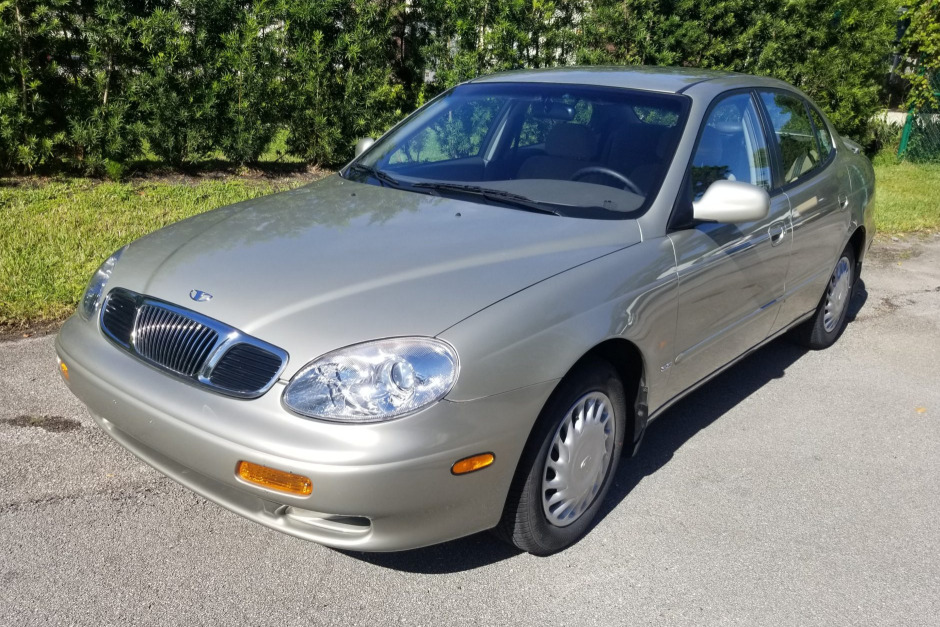There’s something strange going on. Auction sites such as Bring a Trailer and Cars & Bids are listing pristine examples of completely unremarkable cars. A couple weeks back, a 2002 Daewoo Leganza SE with a mere 47 miles on the clock brought a modest $7,000. Just recently, this 2003 Ford Mustang GT with just 4,000 miles sold for a little over $19 grand. And we recently saw a brand-new Plymouth Neon, which sold for about $19,000 as well.
Of course, visitors to these sites are presented with a question: why? It makes perfect sense to preserve something like a Bugatti Divo. Only 40 will ever exist. You won’t find another. And it’s a special car designed for only occasional use. But it’s much harder to make the case for preserving these more “normal” cars.
The reasoning here is simple. You can do two things with a car: use it, or make money on it. If you’re smart about your purchase, you can do both simultaneously. But if you buy a non-collectible car and don’t use it, you’re doing neither.
Take the aforementioned Mustang GT for example. That car travelled just 4,000 miles over the course of 18 years, meaning it was driven less than many Porsche Carrera GTs have been. And yet it only brought $19,000. Sure, this is more money than a well-used example would have brought, but is it really that much more? Surely, if the owner can afford to buy a car and use it that sparingly, they can afford a little more depreciation as well, and they’d have had far more driving enjoyment in the process.
Another point is there are far more profitable ways to park tens of thousands of dollars into something you won’t drive. Investing that kind of money into the financial markets would have yielded a far greater return. So not only do you lose out on years of driving enjoyment, you lose out on tons of potential money as well.
And so the mystery remains: why do people preserve these normal cars? They don’t gain much value, and you miss out on the enjoyment of actually using them, which was the entire point in the first place. They certainly make for interesting auctions, but it’s a strange trend nonetheless.


Leave a Reply